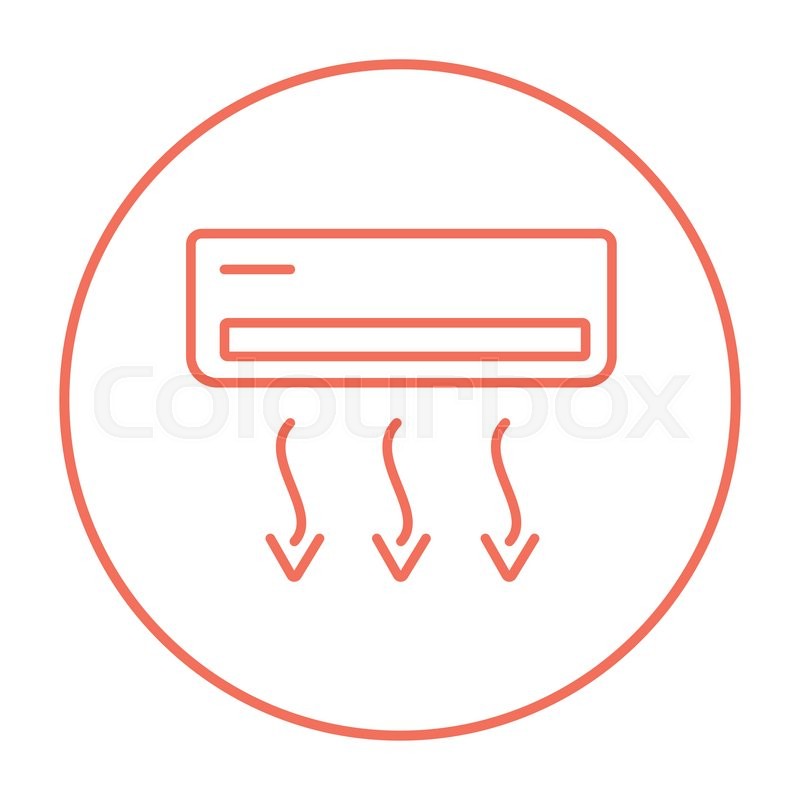Discover The Key Methods To Boost The Performance And Life Expectancy Of Your Heatpump System By Avoiding Regular Setup Mistakes
Discover The Key Methods To Boost The Performance And Life Expectancy Of Your Heatpump System By Avoiding Regular Setup Mistakes
Blog Article
Written By-Parrish Cassidy
When installing a heatpump, you should steer clear of common errors that can endanger its effectiveness. Overlooking proper sizing might result in inadequacies and higher energy prices. Ignoring insulation and securing might result in energy waste and pressure on the device. In addition, positioning the outdoor device incorrectly might affect its efficiency. By staying clear of these errors, you can guarantee ideal operating and resilience of your heat pump system.
Improper Sizing of Heat Pump
When it comes to the installation of heatpump, among the most typical errors is incorrectly sizing the device for your room. Ensuring the appropriate size is crucial for optimal performance. If the heatpump is too small, it will certainly battle to heat or cool your room efficiently, causing enhanced energy costs and possible deterioration on the unit.
On the other hand, if the heat pump is also huge, it will cycle on and off frequently, triggering temperature level fluctuations and reducing its lifespan.
To avoid this error, it's necessary to have a professional examine your space and recommend the suitable size of the heat pump based upon aspects like square footage, insulation, ceiling elevation, and regional environment. By investing the moment and initiative to make certain the proper sizing, you can delight in a comfortable environment while making the most of energy performance and prolonging the life expectancy of your heatpump.
Inadequate Insulation and Sealing
To make certain the effective procedure of your heatpump, it's vital to resolve insufficient insulation and sealing in your area. Correct insulation helps keep a constant temperature inside your home, reducing the work on your heat pump. Inadequate insulation can result in power loss, making your heatpump job harder and much less successfully.
Securing any kind of spaces or leakages in your area is just as vital. These spaces permit conditioned air to get away and outside air to leak in, forcing your heat pump to compensate for the temperature level fluctuations.
Inaccurate Placement of Outdoor Unit
Addressing the placement of your heatpump's exterior unit is crucial to optimizing its performance. Mounting https://spanishnewstoday.com/beat_the_heat_10_tips_to_surviving_a_heatwave_without_air_conditioning_1774003-a.html in an incorrect location can cause performance problems and prospective damages to the unit.
One typical mistake to prevent is putting the outside unit too close to a wall surface or other frameworks. This can limit air movement, triggering the device to function more difficult to warmth or cool your space, eventually decreasing its effectiveness and lifespan.
An additional mistake to stay away from is placing the exterior unit in direct sunlight. While some sunlight is unavoidable, excessive direct exposure can bring about getting too hot, particularly during hot summer season days. It's ideal to position the outside system in a shaded area to aid maintain its optimal operating temperature.
Furthermore, make sure that the outside device is put on a secure and degree surface. Unequal ground can cause resonances and unneeded strain on the device, impacting its performance with time.
Conclusion
To conclude, staying clear of common errors during heatpump setup is vital for taking full advantage of effectiveness and longevity of your system. By making https://average-cost-to-replace-h11098.dsiblogger.com/63374882/make-sure-a-seamless-heatpump-installment-by-using-this-in-depth-checklist sizing, ample insulation, securing, and correct positioning of the exterior unit, you can prevent problems such as ineffectiveness, raised power expenses, and strain on the system. Making the effort to address these key elements will eventually conserve you time and money over time.
